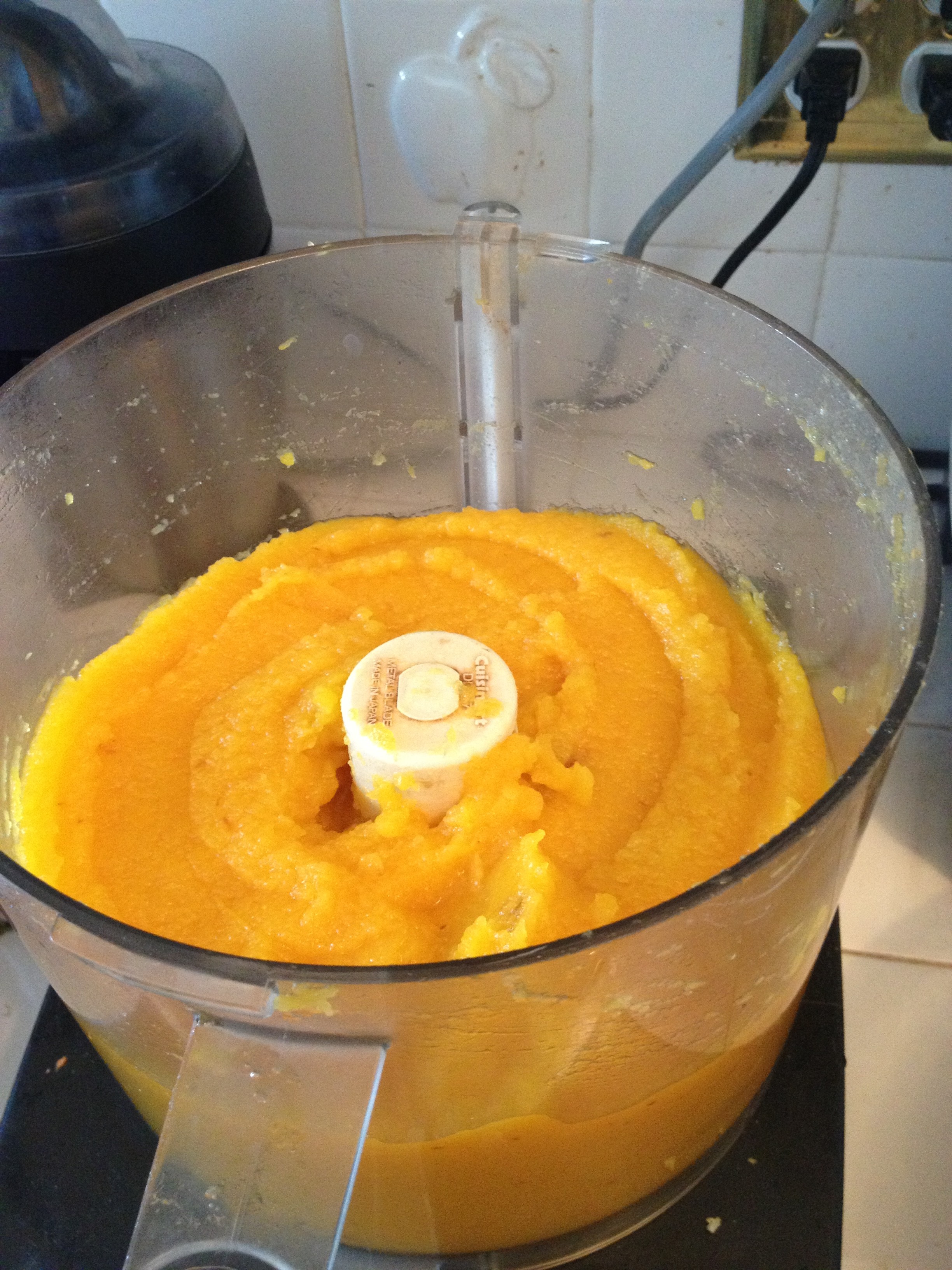In addition to being a strong believer in food as medicine, I also believe food can be a powerfully effective teacher. Food has the power not only to teach us about our own bodies, but to help us confront other blocks we may be facing on the mental or emotional level. Ayurveda (the Indian healing system) teaches us that a balanced diet includes foods that fit into six flavor profiles - sweet, salty, sour, pungent (spicy), astringent (drying) and bitter. In Western cultures, we generally tend to neglect the latter more than any other, yet the lessons it can teach us are powerful in my experience. Just as we tend to shy away from bitter foods, many of us struggle to digest bitter emotions and experiences, pushing them aside and letting them remained unresolved. In the same way that undigested food (known as ama in Ayurevda) is toxic for the body, undigested emotions have the power to wreak havoc on the psyche.
Walk into any "schwag mart" (my term for a neighborhood mini-market, i.e., what a New Yorker would call a bodega) and I dare you to find anything bitter amidst the candy, chips and sodas filling its aisles and coolers. The wizards of the processed food industry know that bitter foods don't light up the brain in the addictive ways sugar and salt do, so finding bitter foods can be a challenge unless one is committed to a mainly whole foods, plant-based diet.
In my own journey, I've come to recognize my previous aversions to bitter foods, and have actually come to love and embrace bitter flavors and recognize my body's cravings for them. In addition to adding complexity and new dimensions to recipes I create, bitter foods have amazing healing benefits, most notably as liver cleansers and blood detoxifiers. When I notice intense cravings for bitter foods, I stop and look at what else is going on in my life, and generally such cravings are accompanied by over-consumption of foods that tend to set me off balance or stress. My body's SOS call is a good reminder to take a couple days to detox and restore balance. When my cravings are especially intense, I quell them instantly with a shot of fresh bitter melon juice, mixed with aloe vera and turmeric (warning: not for the faint of heart).
To embrace the bitter is not to turn our backs on life's sweetness, but rather to recognize that life comes in many flavors, as do the fruits of the earth. Without bitterness, we would have a much less robust appreciation of sweetness, in the same ways that some of life's bitter wake-up calls lead us to a deeper appreciation for the sources of happiness in our lives. In Judaism, horseradish is used in the Passover seder to remind us of the bitterness faced by our ancestors, as part of a larger feast that also includes sweet charoset (a sweet apple concoction). The seder meal reminds us that bitterness and sweetness complement one another and naturally ebb and flow in the course of our life experience. To expect life to always be sweet is to deny the fullness of human experience.
Looking to amp up your intake and appreciation of bitter foods? Check out a few of my favorites:
1) Arugula: Also known as Rocket, this mighty green packs a bitter punch. I love it in salads (topped with a slightly sweet dressing to accentuate the bitter notes). I'm also a huge fan of making pesto with arugula. If you grow your own arugula, take note that each progressive harvest from the same plant will get more bitter as time passes. By the third picking, your liver will be pulsing with ecstasy.
(My latest batch of vegan Arugula Artichoke Heart pesto)
2) Dandelion: Another powerful bitter green, dandelion can be enjoyed in salads, teas, juices or warm dishes. In many places, you can find it growing plentifully in the wild (or even in urban jungles).
3) Radicchio: Used medicinally as a blood tonic since the days of the early Romans, this member of the chicory family adds a bitter punch to salads, as well as awesome red color.
4) Bitter melon: Ever notice bumpy mutant cucumbers at the farmer's market or your favorite Asian grocer? That's a bitter melon, and the name is appropriate, seeing it's considered to be the most bitter fruit given to us by nature. There are several varieties - those with roots in China are typically larger and slightly bumpy, while bitter melons from India are smaller and covered in green warts.
Cut them in half, blanche in water (optional, to remove excess bitterness), and then saute lightly with your favorite spices for a simple preparation. To learn more about this fabulous food, check out The National Bitter Melon Council, an organization that promotes awareness of this funny-looking fruit, while also building awareness around the importance of welcoming bitter foods and sensations into our lives. From the Council's website:
"This world cannot be understood through sweetness alone, i.e. embracing of only all that is pleasing and easy on the (mental, emotional, physical) palette. In most understandings, bitterness is valued as a negative, repellent flavor and emotion, but fear and avoidance of bitterness lead to blandness and flatness in flavor and experience. Therefore, we assert that bitterness should be valued, period—as negative, positive, and everything in between. And we affirm our inextricable humanity and the interdependence of that humanity on the taste and experience of bitterness."
What bitter foods do you love? Tell us in the comments!








